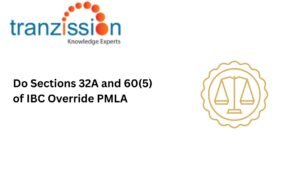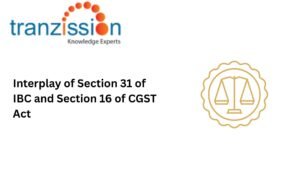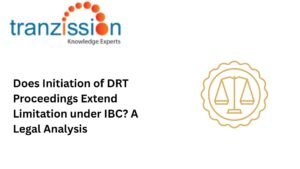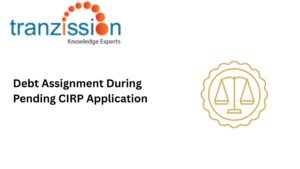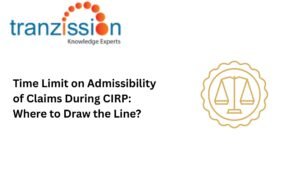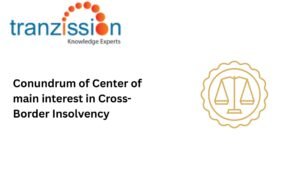
Resolving disputes over operational debt
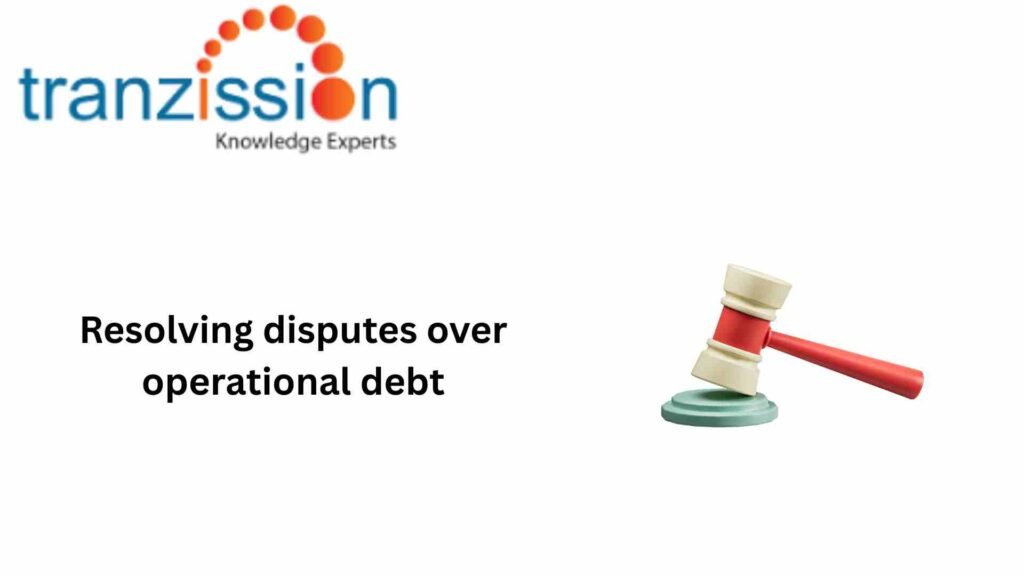
Table of Contents
Section 5(21) of the IBC defines “operational debt” as a claim arising from the provision of goods or services, including employment, disputes over operational debt dues payable to the government or a local authority. It essentially covers debt incurred in the normal course of business operations. Operational debt is distinct from financial debt, which involves a loan or credit facility. Examples of operational debt include debts arising from invoices for goods purchased, salaries owed to employees, trade payables, rent, utility payments, service contracts, etc.
Common Grounds for disputes over operational debt
disputes over operational debt under the IBC can arise from various grounds, primarily related to the disputed claims and inadequate documentation, specifically:
Disputed Claims:
The insolvent company disputes the existence, amount, or quality of the goods or services provided. These disputes can be regarding the debt, the amount, the quality of the goods or services, delay or non-performance, and overcharging or deductions.
Inadequate Documentation:
Procedural irregularities can delay the corporate insolvency resolution process (CIRP), such as a lack of proper invoices, delivery proofs, or service reports, and a mismatch in reconciliations between parties.
Legal Framework for Dispute Resolution
Sections 8 and 9 of the IBC:
These provisions address dispute resolution related to operational debts. Section 8 requires an operational creditor to send a demand notice to the corporate debtor before initiating insolvency proceedings. Section 9 outlines the process for an operational creditor to file an application for CIRP if no payment or notice of dispute is received within 10 days of the demand notice.
Existence of “Pre-existing Dispute”:
A “pre-existing dispute” refers to a dispute that existed between the parties before the corporate debtor received a demand notice from the operational creditor. This dispute must be related to the debt or transaction that forms the basis of the insolvency application. If a genuine pre-existing dispute is established, it can be a valid reason for the National Company Law Tribunal (NCLT) to reject an application for initiating the CIRP. This has been emphasised in Mobilox Innovations Pvt. Ltd. v. Kirusa Software Pvt. Ltd.
Steps for Resolving disputes over operational debt
Prior to CIRP Initiation:
To resolve disputes over operational debt, an operational creditor can issue a demand notice to the corporate debtor. If the corporate debtor fails to respond within 10 days or does not make the payment, the operational creditor can file an application with the NCLT to initiate the CIRP. This application should include a copy of the demand notice, an affidavit confirming no prior dispute notice, and a certificate of non-payment.
During CIRP:
Once the insolvency process has been initiated, the resolution professional (RP) oversees the claim verification process. Informational Utilities (IU) and documentary evidence play crucial roles in establishing debt and default, facilitating the smooth initiation and execution of CIRP. IUs serve as centralised repositories of financial information, providing readily accessible and verifiable data for stakeholders. Documentary evidence helps prove the existence and nature of the debt and the occurrence, which are essential for initiating the CIRP.
Judicial Approach and Interpretations
Courts require a genuine, not one that is spurious or illusory, one to be a valid basis for litigation or other legal proceedings. Evidence of pre-existing litigation, correspondence, or legal notices can be crucial in demonstrating the genuineness of a dispute. These forms of evidence help establish that a real disagreement existed before, and not after, the potential for legal action. The NCLT’s role is to ensure that CIRP is initiated only when the corporate debtor is genuinely defaulting on its obligations and not when there is a pre-existing dispute that needs to be resolved through other legal channels. The NCLT generally rejects section 9 insolvency applications if a genuine, pre-existing dispute exists between the operational creditor and the corporate debtor. The NCLT distinguishes between financial creditors and operational creditors in the context of section 9 applications, primarily focusing on the presence of a pre-existing dispute and the nature of the debt owed. In Sunil Kumar Jain vs. Sundaresh Bhatt, the Supreme Court stated that Section 36(4) of the IBC states that when provident funds, gratuity funds, and pension funds are kept separate from the assets of the liquidation estate, the share of labor dues must be kept out of the liquidation process.
Recommendations for Operational Creditors
Operational creditors can receive the debts owed to them by taking the necessary steps. Hence, it is recommended to:
- Maintain clear, dated communication and agreements, and regular reconciliation of dues with debtors.
- Send proper demand notices and legal consultation before initiating insolvency applications.
Conclusion
Resolving disputes over operational debt can be challenging due to factors like the need for clear and detailed documentation, the complexities of legal and regulatory compliance, and the potential for cultural sensitivities in negotiations. Some operational creditors have been criticised for using section 9 of the IBC for recovery rather than genuine insolvency resolution, which can undermine the purpose of the legislation. Further, economic downturns or shifts in market conditions can affect a company’s ability to pay debts, making it more challenging to resolve disputes.
Read more :

